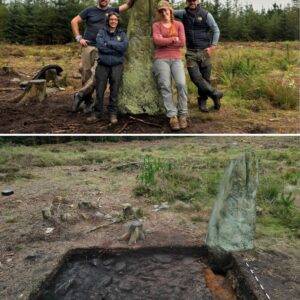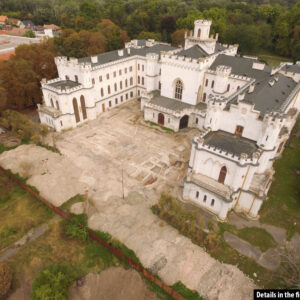A remarkable discovery has recently taken place in Japan—an ancient tomb containing a mysterious sword and a gigantic mirror. These artifacts, believed to have been used to ward off demons, were found in the Tomiomaruyama kofun, the largest circular tomb in Japan, constructed during the latter half of the 4th century.
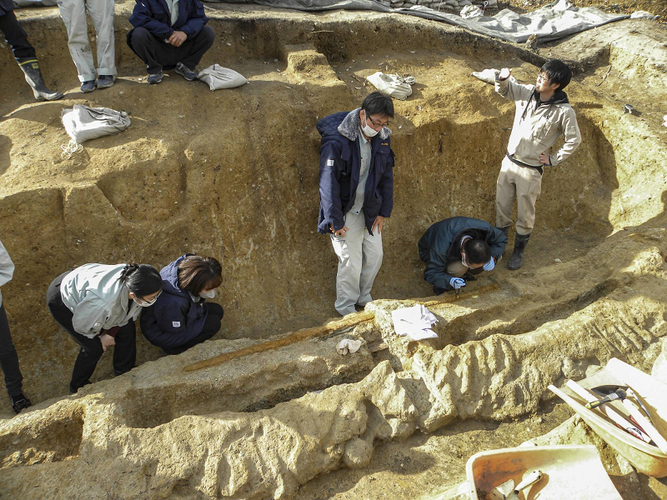
A Glimpse into the Kofun Period
The Tomiomaruyama kofun belongs to the Kofun period, a historical era in Japan renowned for its unique burial customs. The term “kofun” is used to describe the distinctive circular mound tombs that were prevalent during this period.
An Unprecedented Discovery
The sword and mirror discovered in the tomb are truly extraordinary. The sword, identified as belonging to the dakoken type of Japanese swords, measures over 2 meters in length, resembling a weapon created for giants. Alongside the sword, a copper mirror in the shape of a shield was also buried, enveloped in a layer of clay. These artifacts were found within a 5-meter-long wooden coffin, which remains unopened.
The Enigmatic Mirror
The copper mirror discovered in the tomb is an enigmatic object. Standing at a height of 64 cm and a width of 31 cm, it is adorned with peculiar patterns and deviates from the traditional shape of Japanese burial mirrors. While most mirrors are round, this one resembles a shield. It holds the distinction of being the largest copper mirror ever unearthed in Japan.
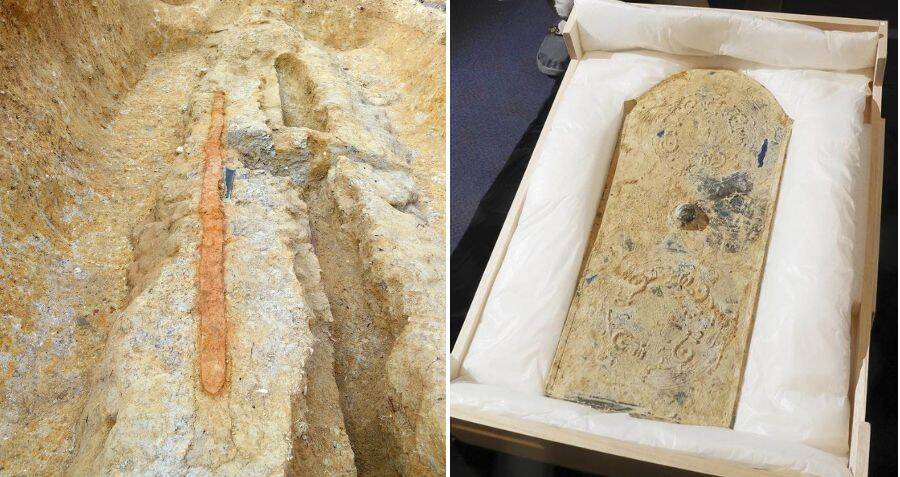
A Tomb of Significance
The sheer scale of the circular mound tomb is awe-inspiring. With a diameter of 86 meters and a height of 10 meters, it is evident that the individual buried within held immense importance. In addition to the two extraordinary artifacts, the tomb also yielded various other burial items, including bronze objects, decorative mirrors depicting deities and animals, daily utensils, and agricultural tools.
Ceremonial Artifacts and Ancient Beliefs
Researchers speculate that the giant sword and copper mirror were not intended for use by the interred individual but rather served ceremonial purposes. Legends suggest that only a colossal figure could wield such a massive sword. Additionally, dakoken swords are associated with ancient serpent worship due to their distinctive curved blades reminiscent of a snake. It is plausible that these artifacts were present in the tomb to ward off malevolent forces and demons.
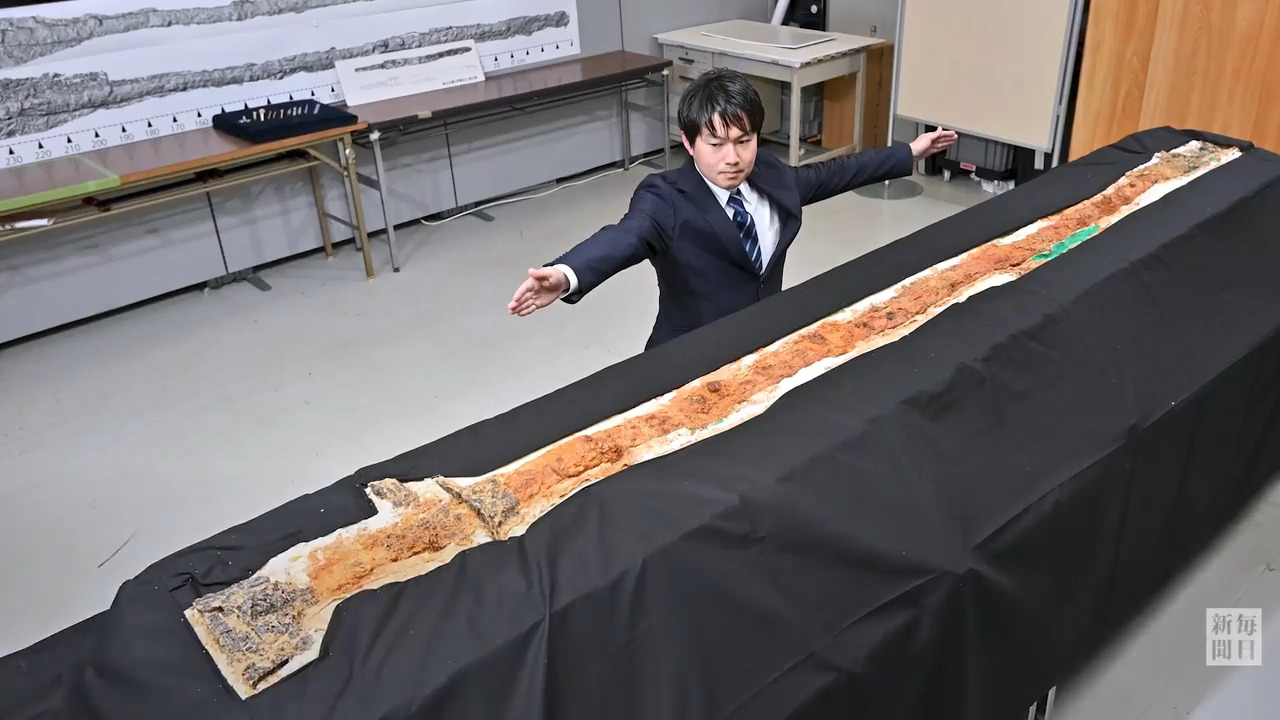
Unveiling the Secrets Within
Although the wooden coffin remains unopened, scientists are confident that its contents remain intact, as there is no evidence of tomb raiding. A team of dedicated scientists, led by the Nara Cultural Heritage Research Center, with the support of the Kashihara Archaeological Institute in Nara Prefecture, continues to investigate the details of this colossal tomb. Their ongoing research aims to uncover the identity of the mysterious individual buried within and shed light on the ancient traditions and beliefs associated with this remarkable discovery.


